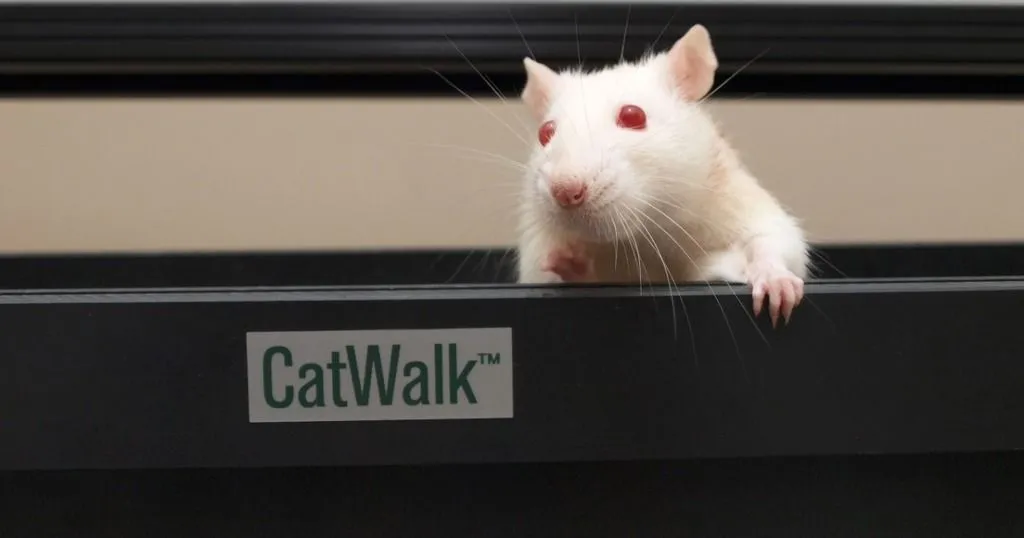Traumatic Brain Injury: effects on the brain and motor coordination
Do you think of wearing a helmet while skiing, cycling or horseback riding? Read more about how the brain is affected after the head injury and how you can examine locomotion in a mouse model with TBI.
Posted by
Published on
Wed 11 Mar. 2020
Topics
| CatWalk XT | Gait | Locomotion | Mice | Motor Performance | Traumatic Brain Injury | Motor Learning | Trauma |
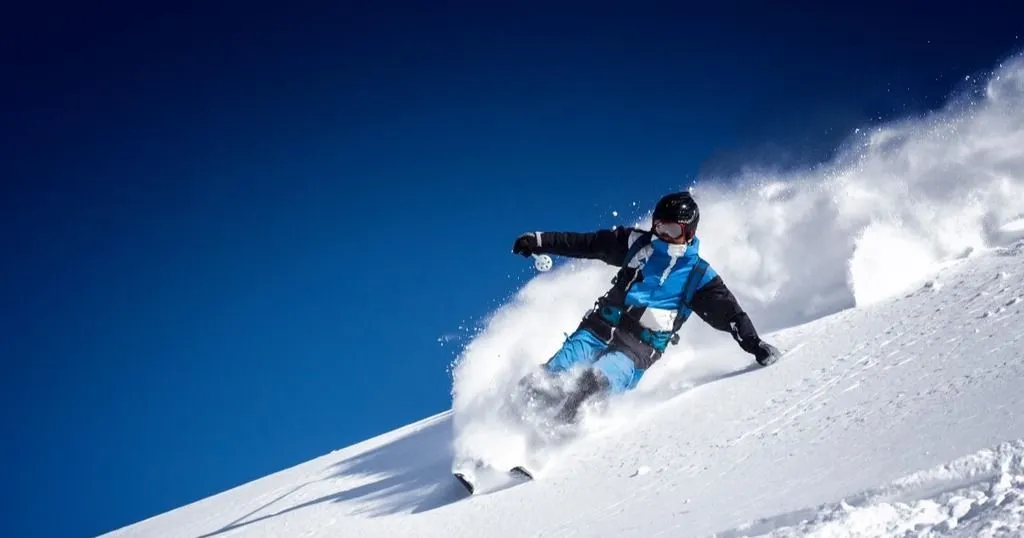
Traumatic brain injury (TBI) occurs more often than you might think. After Dewan et al. gathered data from World Health Organization (WHO) and World Bank (WB), the results showed, that approximately 69 million of individuals suffers from TBI of all causes each year! Do you think of wearing a helmet on a bicycle, while skiing or rollerblading?
Causes and symptoms of TBI
TBI usually results from a bump, blow or jolt to the head, as a consequence of a fall, motor vehicle crash, violence, etc., and can lead to serious disruption in brain functioning.
Traumatic brain injury can be mild, moderate, or severe based on the level of consciousness. A person with a mild TBI (commonly called concussion), may not experience loss of consciousness at all or only for a brief moment. People who suffer from moderate TBI are often drowsy, inactive and may lose consciousness for a few minutes to a few hours. In case of severe injury, the patient is extremely lethargic or comatose.

Long-term effects of TBI
People who endure TBI can suffer from different impairments. Those can be related to movement, memory or thinking, sensation (visual or hearing), or emotional functioning. The effects of TBI can last for a few days or a lifetime. Many studies actually show that we should consider TBI as a chronic health condition since it tends to evolve long after initial recovery. Improvement or deterioration can show up to two decades after injury and there is a bigger chance for a variety of neurological illnesses during this time (for example epilepsy, stroke, and neurodegenerative diseases).
How it affects the brain
Mild TBI typically affects brain cells only temporarily and full neurological recovery is common. Bigger changes may occur with more severe traumatic brain injuries, resulting in bruising, tearing of tissues, bleeding or other physical damage that injure nerve fibers and cause inflammation, progressive neurodegeneration, and chronic neurological dysfunction.
How the initial biomechanical injury transforms into a chronic neurodegeneration and neuroinflammation is still not completely clear. Most observations of neuropathological changes and neurological dysfunctions are done shortly after TBI, focused on histological analyses. But what about functional outcome at the cellular levels after a couple of months of moderate TBI?
Investigating late neurobehavioral changes after TBI
Ritzel et al. tried to answer this question by running different tests (motor performance, depressive-like and social behavior, learning and memory) and looking at neurons and microglia in mouse model 8 months after controlled cortical impact (CCI) injury (which is a typical localized injury in TBI mouse model).
They confirmed that the late neurobehavioral changes in their mouse model were similar to those found after moderate/severe human head injury and that these changes are associated with changes in neuronal activity and microglial dysfunction.
As mentioned above, the researchers also examined motor performance in mice after 26 weeks of experimental CCI injury and with this address the issue that not a lot of research was done in later point after the TBI in mice. It is important to keep in mind that experiments done several months after injury in mice can be translated to decades in human years.
Motor performance after traumatic brain injury
Motor dysfunctions are common, especially in moderate to severely injured patients. These impairments may include loss of fine motor control and coordination, and difficulty with balance.
Even though the goal of rehabilitation is to restore functional impairment and improve quality of life, the recovery of motor deficits is usually not complete.
Examination of motor performance is extensively studied in animal models of stroke and focal lesions, and not so much in animal models of TBI. Further testing is therefore necessary to understand the motor (recovery) process and rehabilitation process after the head injury.
Measuring motor coordination in a mouse model with TBI
For assessing motor coordination, Ritzel et al. used the automated system CatWalk XT from Noldus Information Technology.
At the beginning of the experiment they placed a mouse on the open end of the CatWalk XT under the red ceiling light. From there, the mouse walked over the green illuminated walkway towards the goal box. While walking across the walkway, the software obtained live footprint videos that were later used for the analysis.
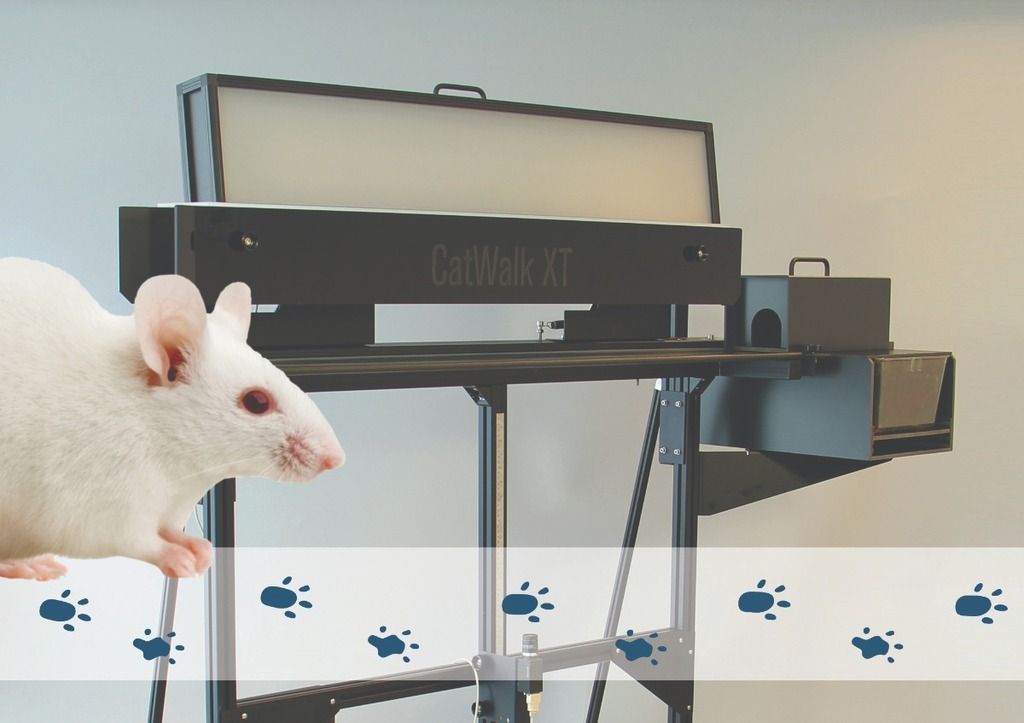
Researchers gathered data for at least three valid runs for each subject through a complete walkway. If the animal stopped or turned around during a run through the walkway, they excluded the trial from the analysis.
Altered locomotion after TBI
To evaluate motor coordination, researchers looked at the regularity index. Their results showed a significantly reduced regularity index in mice with CCI injury in comparison with control mice.
Even though there was no significant difference in number of steps or average speed between the control and experimental groups, the differences showed in multiple other observations. Mice with TBI had decreased stride length of the right hind limb and there was a decrease in swing speed in right-sided limb movement. The distance between print position of the front right paw and the hind right paw was significantly increased and there was bigger asynchrony in paw movements between placements of two paws in mice with TBI.
Overall, Ritzel et al. concluded that their mouse model with TBI suffered from chronic disruption in gait-dynamics.
Towards better rehabilitation programs
Traumatic brain injury occurs very commonly among people and differs in severity and symptoms between individuals. Even though some aspects of TBI are extensively studied, there is still a lack of research done on functional outcome after a longer period of time post-injury. One of the missing aspects is also motor performance. For this reason, it is important to further examine and truly understand the motor recovery and rehabilitation process after traumatic brain injury in order to offer better rehabilitation programs.
References
- Ritzel, R. M., Li, Y., He, J., Khan, N., Doran, S. J., Faden, A. I. and Wu, J. (2020). Sustained neuronal and microglial alterations are associated with diverse neurobehavioral dysfunction long after experimental brain injury. Neurobiology of Disease, 136
- Dewan, M. C., Rattani, A., Gupta, S., Baticulon, R. E., Hung, Y.C., Punchak, M., Agrawal, A., Adeleye, A. O., Shrime. M. G., Rubiano, A. M., Rosenfeld, J. V. and Park, K. B. (2018). Journal of neurosurgery, 1, 1-18.
- Wilson, L., Stewart, W., Dams-O’Connor, K., Diaz-Arrastia, R., Horton, L., Menon, D. K. and Polinder, S. (2017). The chronic and evolving neurological consequences of traumatic brain injury. Lancet Neurology, 16 (10), 813-325
- Corrigan, J. D. and Hammond, F. M. (2013). Traumatic brain injury as a chronic health condition. Archives of physical medicine and rehabilitation, 94 (6)
- Forslund, M. V., Perrin, P. B., Roe, C., Sigurdardottir, S., Hellstrom, T., Berntsen, S. A., Lu, J., Arango-Lasprilla, J. C. and Andelic, N. (2019). Global Outcome Trajectories up to 10 Years After Moderate to Severe Traumatic Brain Injury. Frontiers in Neurology
- Mayo Clinic Stuff. (2019). Traumatic brain injury. https://www.mayoclinic.org/diseases-conditions/traumatic-brain-injury/symptoms-causes/syc-20378557
Related Posts
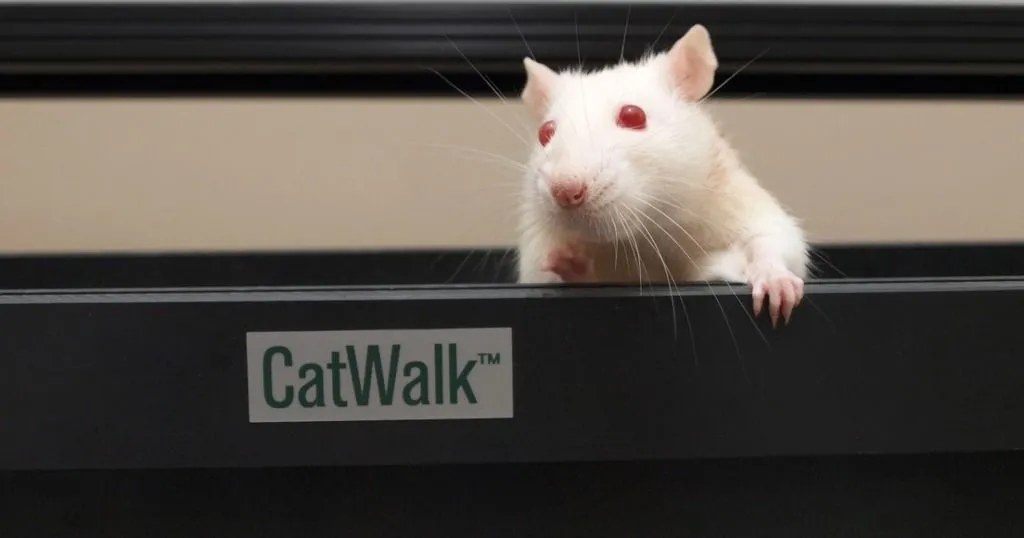
Going the distance - and why it matters in gait analysis
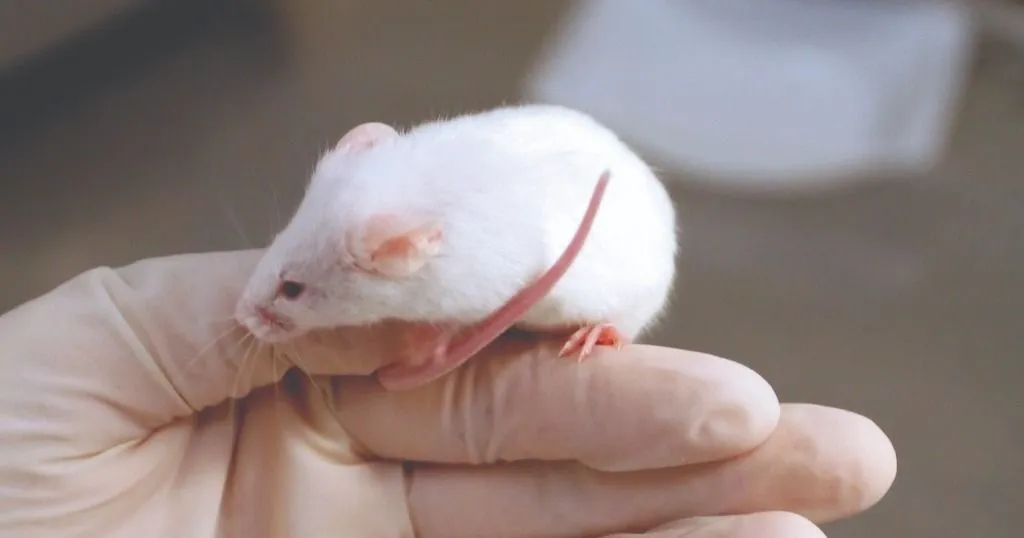
How to really challenge mice cerebellar plasticity
